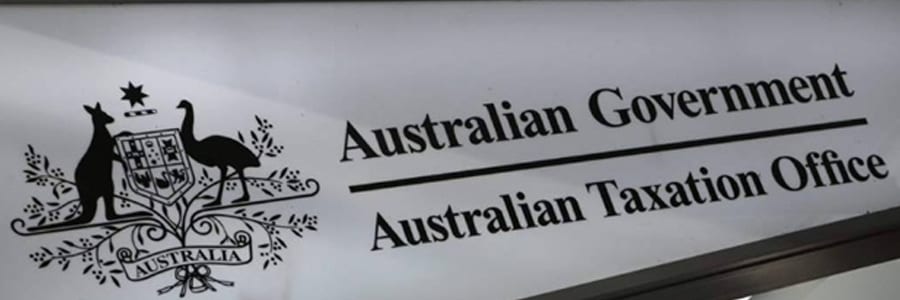| Date of effect | Date of Royal Assent of the enabling legislation | |
|---|---|---|
Small businesses with an aggregated turnover of less than $10 million per year will be able to apply to the Small Business Taxation Division of the Administrative Appeals Tribunal (AAT) to pause or modify ATO debt recovery action until their underlying case is decided.
Currently, small business can only pause ATO debt recovery action in the courts. This new avenue will enable a small business to pause ATO debt recovery until their case has been heard by the AAT.










